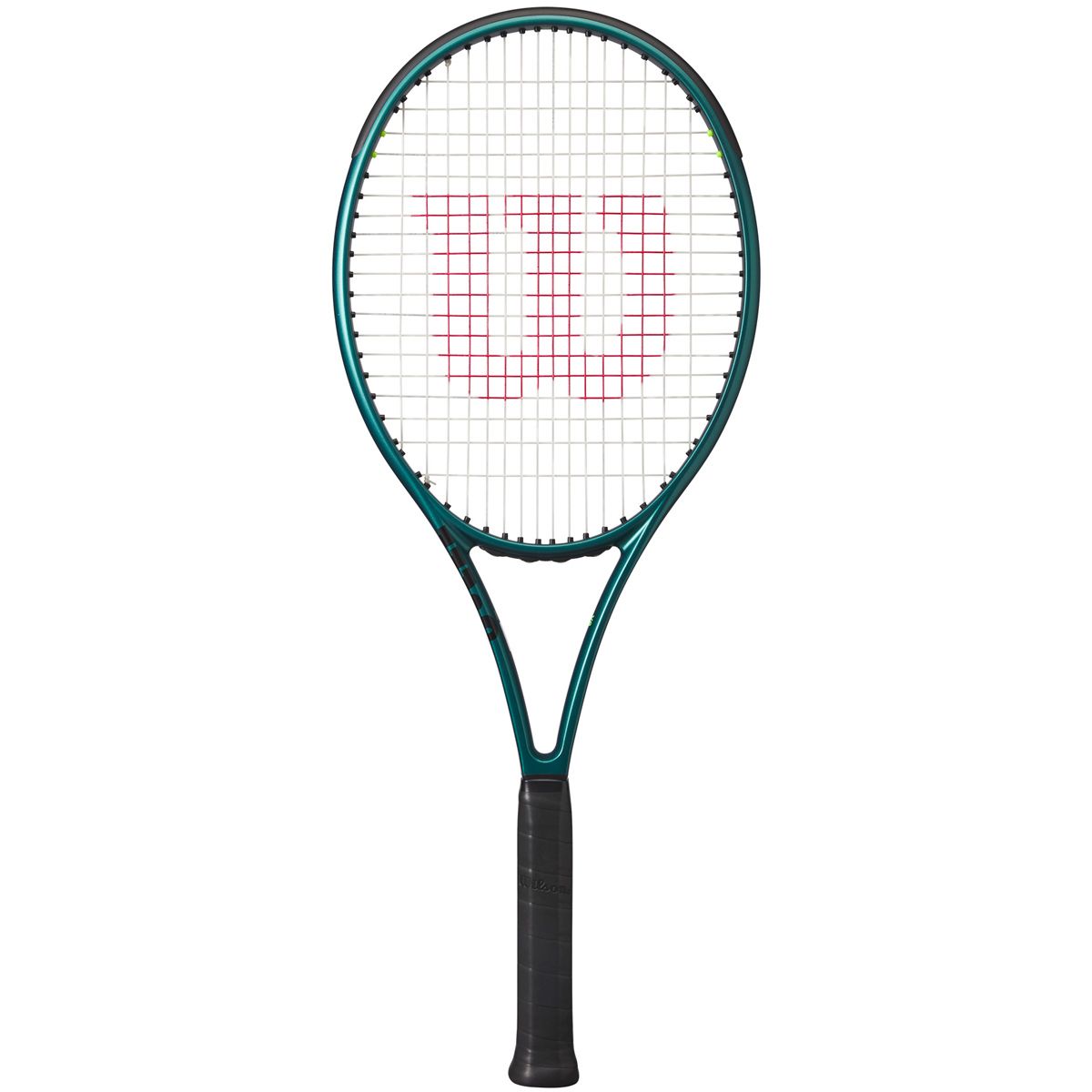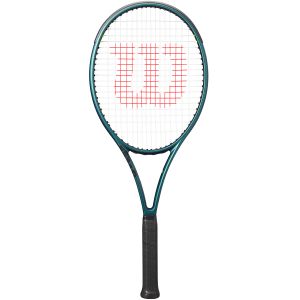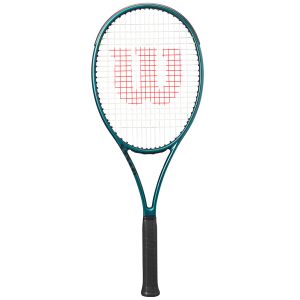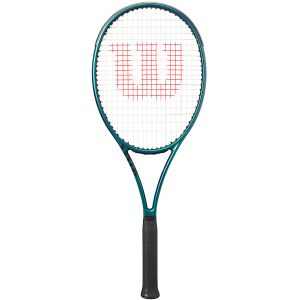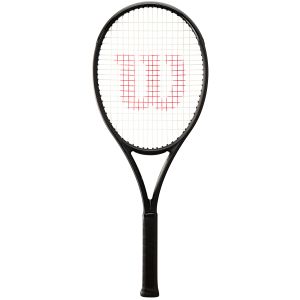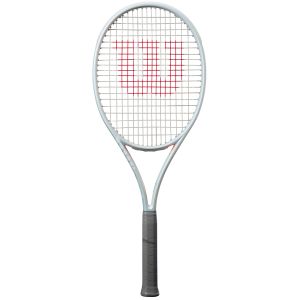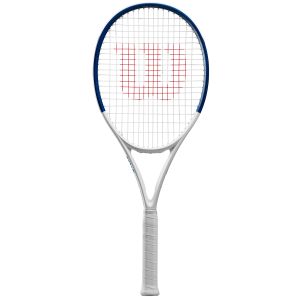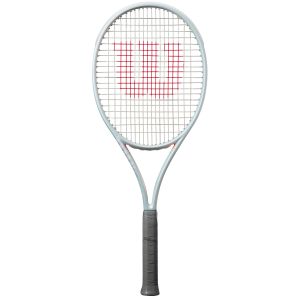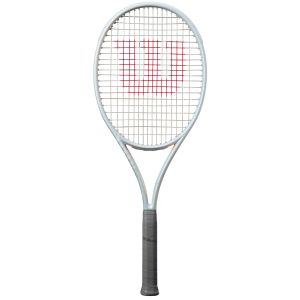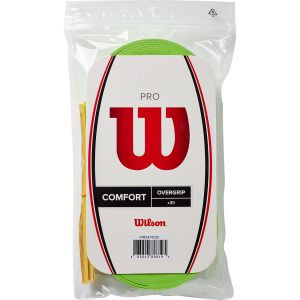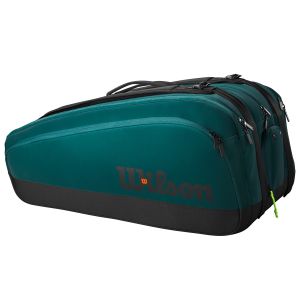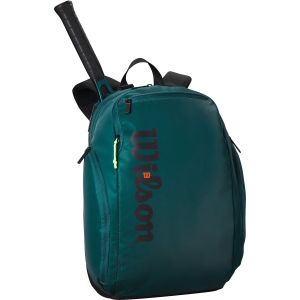By logging in you:
-
Buy at cheaper prices
-
Get discount coupons
- You don't have to fill in your name, address etc. (at any future orders)
- You may track your order online at any time
Wilson Blade 100 (16X19) V9.0 Tennis Racquet
SKU: WR151511

-
Free Shipping > € 200
Shipping
We use UPS standard service for all our international orders. It takes 4-6 working days to be delivered to the customers' shipping address.
Shipping cost for all international orders over 200€ is free of charge (orders below 200€ have an 8-12€ shipping cost - up to 2 kilos and there is a surcharge of 1.5-2 EUR per additional kilo depending on the country of shipment).
Orders containing high weight/volume items (such as cases of tennis balls and/or other oversized items) will have a Shipping Surcharge, automatically displayed in the cart during the purchase and are excluded from free shipping.
Currently we ship to the following European Union countries:
Austria
Belgium
Bulgaria
Croatia
Czech Republic
Denmark
France
Germany
Hungary
Ireland
Italy
Luxemburg
Monaco
Netherlands
Poland
Portugal
Romania
Slovakia
Slovenia
Spain
Sweeden -
If it does not work for you, you can change it
Returns Policy
In case the product you ordered was sent correctly to you by e-tennis, it does not have a defect BUT it does not satisfy your needs, you are responsible to send it back to our warehouse (e-tennis, Nikolaou Plastira 99 str., P.C. 55132, Kalamaria, Thessaloniki, Greece, tel. 0030 2311205080) within 14 days from the date of purchase at your own cost and we will replace it with another one. If the price of the product (at the date of purchase) exceeds 200€ and is not oversized/over -weighted (shipping weight<3kgr), e-tennis will pay for the shipping cost of the new product back to you. If the product’s price is either below €200 or oversized/over-weighted (shipping weight > 3kgr) the new product will be shipped to the customer at his/her own cost according to our Europe Shipping Price List.
Rackets: To return a new racquet there are two prerequisites;
1. The plastic wrap on the handle has not been removed.
2. The racquet has not been played with. The racquet does not have any ball fuzz on the strings or scrapes to the bumper guard.Shoes-Apparel: The shoes must not be worn outside and must be in as new condition. The original shoe box should be returned in good condition. Apparel should be in brand-new condition and the original tags and packaging must be intact. Please send the shoes/apparel with a note stating if you would like credit or an exchange (original invoice or receipt should be included).
Other equipment: All other equipment can be replaced only if it was shipped faulty by e-tennis.
In case the product you ordered has an obvious defect when received and its original tags and packaging are intact, the consumer must firstly report or email a picture of the defective product to e-tennis (info@e-tennis.com) and then ship it back at our expense to our warehouse (e-tennis, Nikolaou Plastira 99 str., P.C. 55132, Kalamaria, Thessaloniki, Greece) within 2 months from the date of purchase. E-tennis will either substitute the defective product or refund the customer. If however, there is no obvious defect in the returned product, we will charge you the shipping cost to our warehouse as well as the one back to you no matter what the value of your order was. After the 2-month time period the customer cannot claim any substitution or refund.
In case the product you ordered came to you in a perfect condition BUT after a short period of use (maximum time period; 6 months), although properly used, it has a problem. In this case you should firstly report the defect to e-tennis (info@e-tennis.com) and then send the product along with an original invoice or receipt to our warehouse (at your expense) with a note stating the problem and we will ship it to the manufacturer. The manufacturer will determine whether the product is defective or not. If it is so, we will replace it for free and ship it back to you at our expense. You may choose to buy another product while your defective one is being considered for warranty replacement. YOU CANNOT CLAIM MONEY BACK. However, if the manufacturer decides that the product was improperly used then you do not receive any credit and you have to pay for the shipping expenses if you need the “defective “product back to you.
- Enjoy a generous sweet spot, providing consistent power and forgiveness for enhanced performance across various playing styles.
- Elevate your feel and responsiveness with Wilson's innovative technology, ensuring a dynamic connection between player and racket for optimal control.
- The 16x19 string pattern maximizes spin potential, giving you the edge to add finesse and control to your shots.
- With a well-balanced design and comfortable grip, the Blade 100 V9 offers smooth maneuverability, making it suitable for players seeking an all-court advantage.
- Crafted with high-quality materials, including Braided Graphite, this racket guarantees durability and reliability
- New bumper & grommets design boasts several improvements, including easier application, increased durability, and a superior fit
| Player's level | Experts (women), Advanced (men), Advanced (women), Intermediate (men) |
|---|---|
| Head size (sq.in) | 100 sq.in |
| String pattern | 16 x 19 |
| Weight (gr) | 300 gr |
| Stiffness | 60 |
| Length | 27in / 68.5cm |
| Balance (cm) | 32.5 cm |
| Swingweight | 322 |
| Composition | Carbon Graphite |
| Cover | Not included |
| Stringing | Unstrung |

 Български
Български
